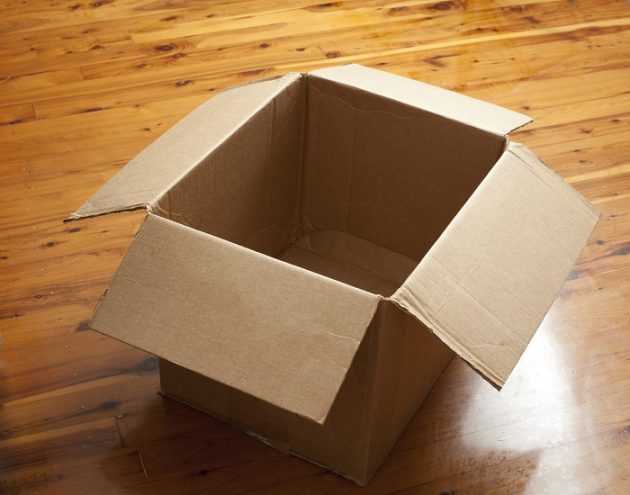Many businesses regularly ship out items to customers, suppliers, company offices or stores, or other stakeholders, whether it’s materials, parts, or products that need sending. While many people focus a lot on finding the best logistics rates and using technology to track parcels, update recipients, and streamline processes, among other things, packaging is another essential part of the puzzle.
You need to ensure that anything you send arrives at the proper location in the necessary timeframe and arrives intact and unharmed. Understanding how important packaging can be for a company and how to go about this side of things effectively is vital.

Table of Contents
Why the Right Packaging is Essential
Before understanding how to best design and use packaging, knowing why it’s so important and worth your time, money, and energy investments is helpful. For starters, packaging protects the items it goes around from being damaged in transit or when goods are handled or stored. Packaging helps to keep light, humidity, heat, and cold away, as well as other elements or damaging factors.
Packaging is also a prime element that helps make products look attractive and convince consumers to buy one item over another. Suitable packaging grabs attention and helps to increase sales. While most of us don’t consciously choose goods because of what they’re packaged in, we often do so subconsciously, meaning businesses must take advantage of this fact.
Packaging also helps brands convey and build a brand because the cardboard, plastic, or other materials used can display fundamental business details such as the company name, tagline, logo, website address, brand values, or other elements. Design the right kind of packaging, and it might even get used over and over again, leading to more consumers than just the original buyer coming into contact with your branding.
Packaging is crucial, too, because it can get across safety instructions for use or consumption. For example, these elements often feature use-by or best-before dates for items that get eaten, drunk, or absorbed into the skin. Packaging can also note a list of ingredients, potential allergens or toxins, and tips on turning products within on or off or other operational guidelines.
To get your packaging right and make the most of the money you invest in it, follow a few tips for success:
Know Your Target Market
You need to know who your customer base is. What target market are you selling to and hoping will buy your goods repeatedly? Where do they live, what kind of work do they do, what family structures do they have, and what are their spending habits and hobbies or interests like? The more you know who you hope will pay attention to your products and their packaging, the better you can tailor the designs to suit them and grab their attention.
Keep Your Firm’s Branding Consistent
You also want to keep your branding consistent across all packaging types and ensure this branding aligns with how your business comes across in other areas, such as on websites, in stores, via social media sites, advertisements, email signatures, business cards, etc. Where possible, try to showcase your firm’s values or main point(s) of difference from competitors on the packaging to reinforce why those thinking of buying should opt for your wares over other options.
Don’t Forget Calls-to-Action and Contact Details
Another tip is not to forget to include calls-to-action on packaging so if people want to know more or buy from you or get in touch to provide a review, ask questions, etc., they know where to go. A call-to-action might be your contact details, so people can quickly and easily get in touch, but it could also be a website or social media page you direct people to where they can sign up or educate themselves further on your products. You might even mention a competition or a special offer on limited-time-use packaging if you have a promotion you want to use to increase leads and customer engagement.
Regularly Test Your Packaging and See If It Holds Up
Testing the packaging you use over time is vital to see if it holds up. Does your packaging protect goods in transit as needed and ensure that gifts and other items arrive looking good and operating as well as they should? It’s helpful to utilize an impact sensor on some goods to see how much parcels withstand during transit and if your packaging can withstand this adequately or not.
Remember, too, that packaging needs to last well when it’s in stores or stacked row upon row in a warehouse, so quality is imperative. You may also want to test your packaging to see if it degrades as expected or otherwise follows sustainability guidelines you have set for your organization and shared with the public.
Other packaging tips for businesses include making packaging as user-friendly as possible and designing it to be memorable. Also, be honest and upfront rather than vague or deceitful with the content you place on your packaging.
Following these tips will help you get the most from all the packaging you use and enjoy a better return on investment.




